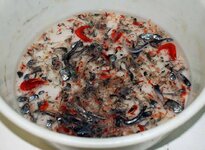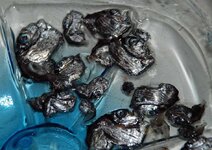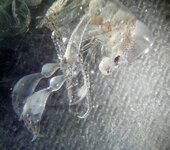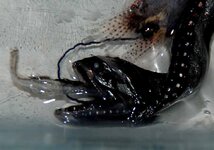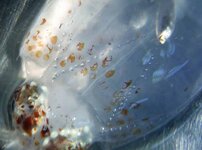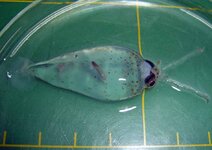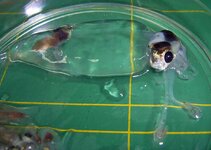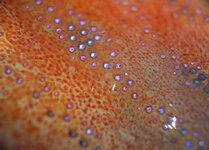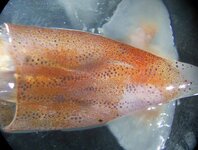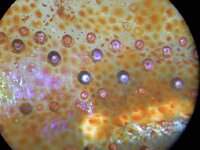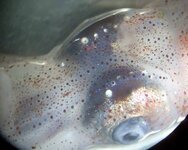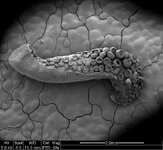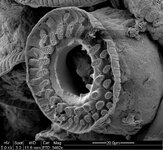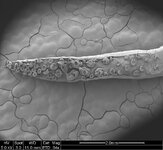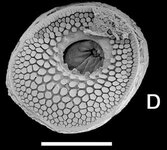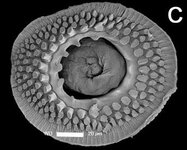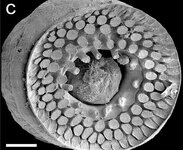- Joined
- Nov 19, 2002
- Messages
- 2,107
Here are some non-ceph but still very cool things. The first is what our catches normally looked like - the fish team would sort out their beasts first and pass the rest on to us. We pulled out all the cephs, ID'd and fixed them, and fixed the rest (crustaceans, jellies, salps, pteropods, etc) for someone else to look at later back on shore. The remaining photos are hatchetfish (also common), the barrel-shrimp Phronima (hollows out salps to live in, pretty cool), and a deep-sea ?viperfish caught mid-snack.

